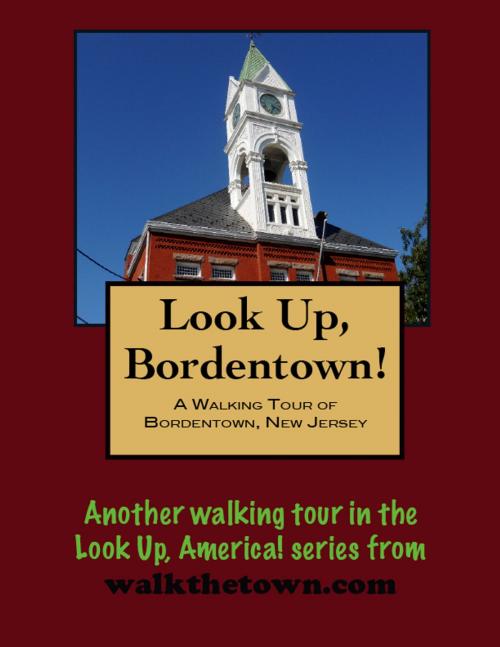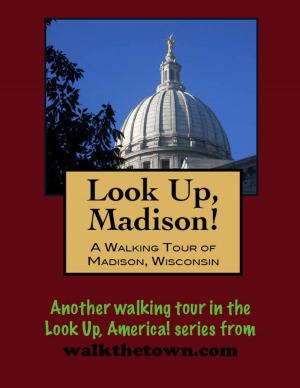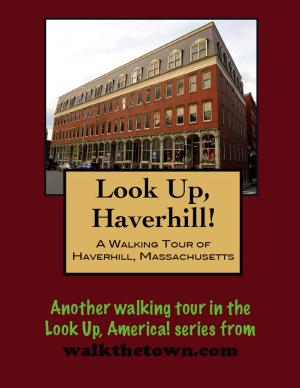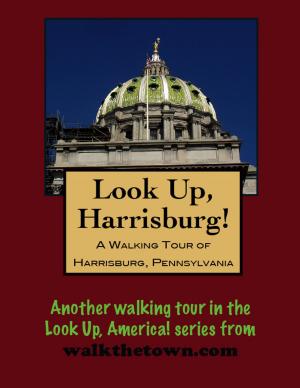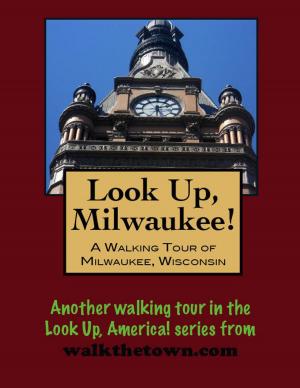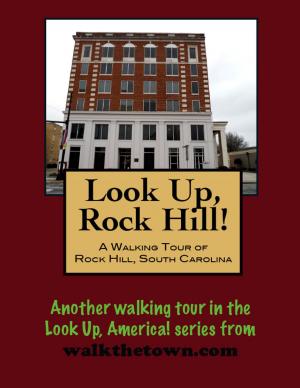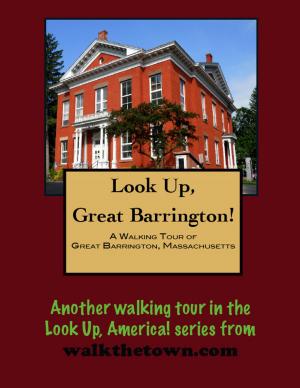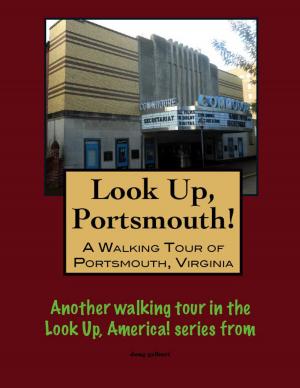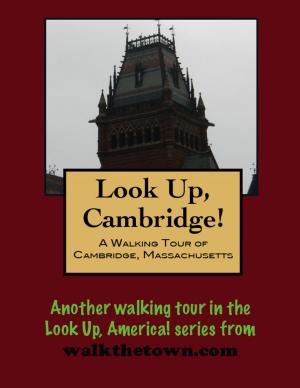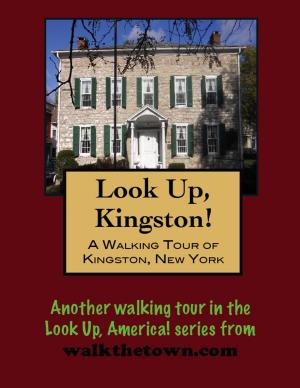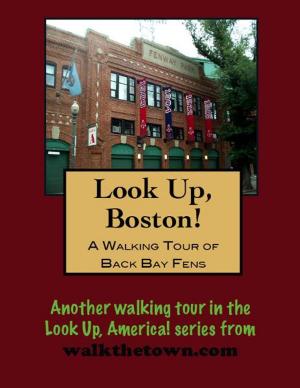| Author: | Doug Gelbert | ISBN: | 9781458126443 |
| Publisher: | Doug Gelbert | Publication: | March 2, 2011 |
| Imprint: | Smashwords Edition | Language: | English |
| Author: | Doug Gelbert |
| ISBN: | 9781458126443 |
| Publisher: | Doug Gelbert |
| Publication: | March 2, 2011 |
| Imprint: | Smashwords Edition |
| Language: | English |
There is no better way to see America than on foot. And there is no better way to appreciate what you are looking at than with a walking tour. This walking tour of Bordentown, New Jersey is ready to explore when you are. Each walking tour describes historical, architectural landmarks, cultural sites and ecclesiastic touchstones and provides step-by-step directions.
Every tour also includes a quick primer on identifying architectural styles seen on American streets.
Thomas Farnsworth, an English Quaker, was the first to settle on this bluff overlooking the Delaware River in 1682. With Crosswicks Creek flowing into the Delaware River at this point the location was destined to be a transportation center and the man to exploit it was Joseph Borden. At this location in the early 1700s Borden meshed together a packet line on the Delaware River from Philadelphia with a stagecoach line across New Jersey to Perth Amboy where travelers then caught a ferry to New York City.
As the critical link on the route between New York and Philadelphia most every figure of importance in early America passed through Bordentown at one time or another. And more than a few decided to stay. One was Thomas Paine, dubbed the “Father of the American Revolution” for his influential writings and another was Francis Hopkinson, signer of the Declaration of Independence. The town earned an odd footnote during the Revolution when patriots dumped kegs stuffed with gunpowder into the Delaware River with hopes that the current would float them into the midst of the British fleet anchored in Philadelphia and then explode. Only one of the primitive mines detonated and caused no damage but the British overreaction, firing aimlessly into the night at a non-existent enemy, caused them much ridicule. In retaliation for “The Battle of the Kegs” the British sent 800 soldiers to Bordentown, one of three occasions during the war when they occupied the town.
Another historic figure who chose to live in Bordentown was Joseph Bonaparte, elder brother of Napoleon and exiled King of Spain and Naples. He bought about 1,500 acres north of town that he developed into a baronial estate. While residing in “New Spain” he was offered the throne of Mexico but turned it down over his preference for a country gentlemen’s lifestyle.
The first steam locomotive in New Jersey operated on the outskirts of Bordentown in the 1830s and the town benefited from an influx of workers employed on the Delaware and Raritan Canal and in the developing railroad shops. When the Pennsylvania Railroad took over both the canal and the railroad in the 1870s, however, it removed the shops and restricted freight on the canal so it wouldn’t compete with its trains. Bordentown reverted to a sleepy burg.
Similarly a century later, the interstate highway system bypassed Bordentown as well. So we’ll have to exit the turnpike to begin our walking tour and set the way-back machine for about 150 years...
There is no better way to see America than on foot. And there is no better way to appreciate what you are looking at than with a walking tour. This walking tour of Bordentown, New Jersey is ready to explore when you are. Each walking tour describes historical, architectural landmarks, cultural sites and ecclesiastic touchstones and provides step-by-step directions.
Every tour also includes a quick primer on identifying architectural styles seen on American streets.
Thomas Farnsworth, an English Quaker, was the first to settle on this bluff overlooking the Delaware River in 1682. With Crosswicks Creek flowing into the Delaware River at this point the location was destined to be a transportation center and the man to exploit it was Joseph Borden. At this location in the early 1700s Borden meshed together a packet line on the Delaware River from Philadelphia with a stagecoach line across New Jersey to Perth Amboy where travelers then caught a ferry to New York City.
As the critical link on the route between New York and Philadelphia most every figure of importance in early America passed through Bordentown at one time or another. And more than a few decided to stay. One was Thomas Paine, dubbed the “Father of the American Revolution” for his influential writings and another was Francis Hopkinson, signer of the Declaration of Independence. The town earned an odd footnote during the Revolution when patriots dumped kegs stuffed with gunpowder into the Delaware River with hopes that the current would float them into the midst of the British fleet anchored in Philadelphia and then explode. Only one of the primitive mines detonated and caused no damage but the British overreaction, firing aimlessly into the night at a non-existent enemy, caused them much ridicule. In retaliation for “The Battle of the Kegs” the British sent 800 soldiers to Bordentown, one of three occasions during the war when they occupied the town.
Another historic figure who chose to live in Bordentown was Joseph Bonaparte, elder brother of Napoleon and exiled King of Spain and Naples. He bought about 1,500 acres north of town that he developed into a baronial estate. While residing in “New Spain” he was offered the throne of Mexico but turned it down over his preference for a country gentlemen’s lifestyle.
The first steam locomotive in New Jersey operated on the outskirts of Bordentown in the 1830s and the town benefited from an influx of workers employed on the Delaware and Raritan Canal and in the developing railroad shops. When the Pennsylvania Railroad took over both the canal and the railroad in the 1870s, however, it removed the shops and restricted freight on the canal so it wouldn’t compete with its trains. Bordentown reverted to a sleepy burg.
Similarly a century later, the interstate highway system bypassed Bordentown as well. So we’ll have to exit the turnpike to begin our walking tour and set the way-back machine for about 150 years...
